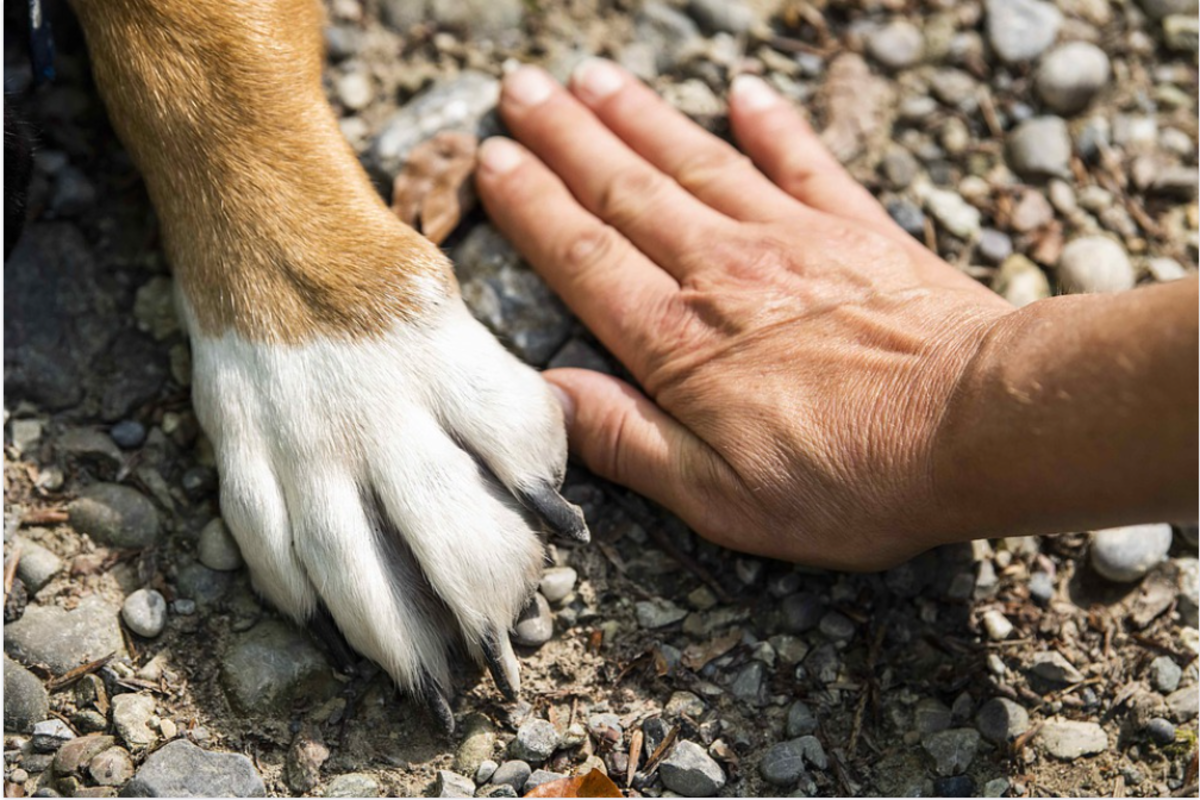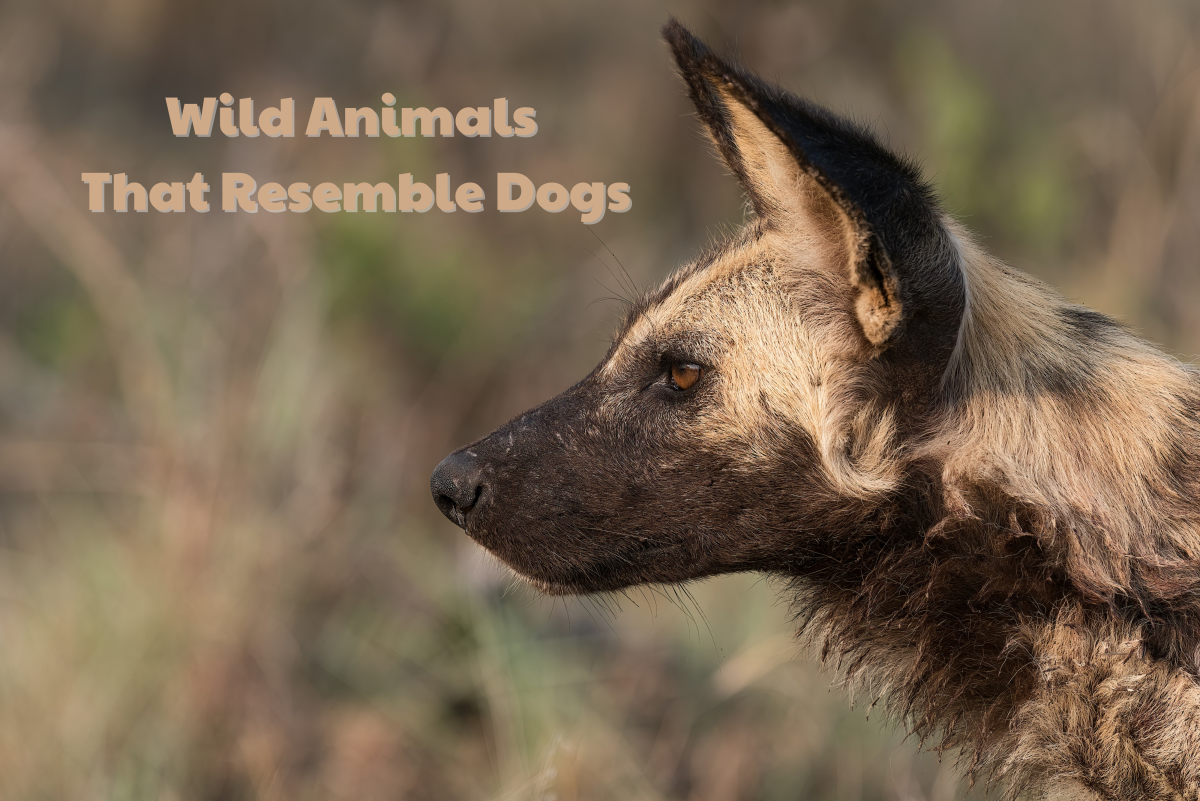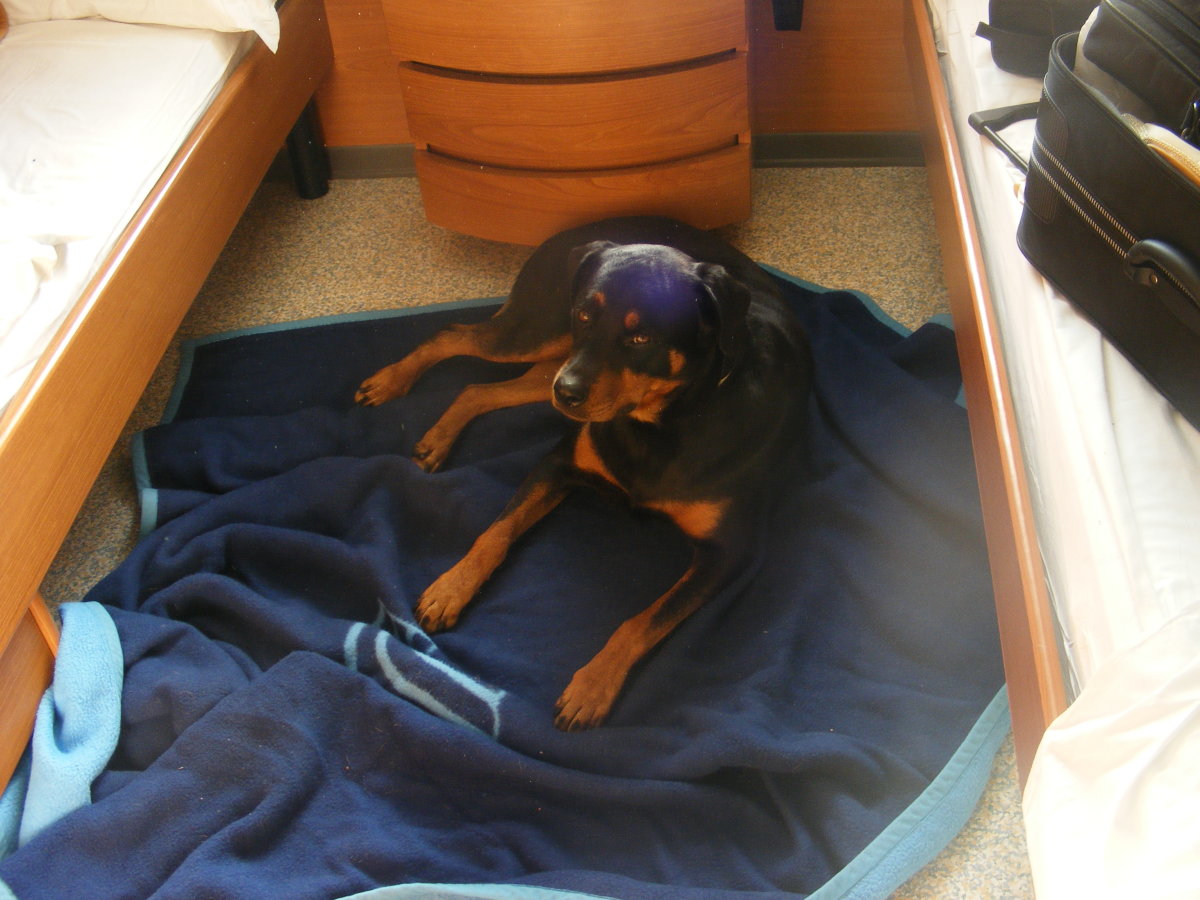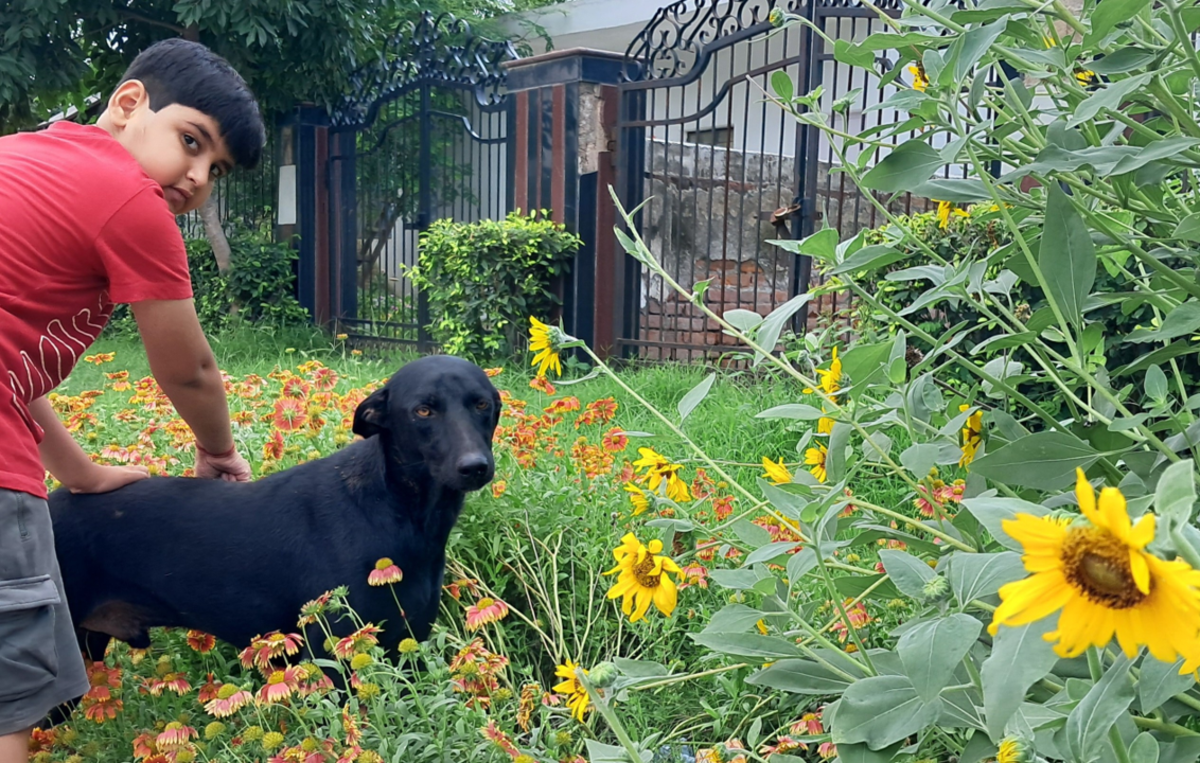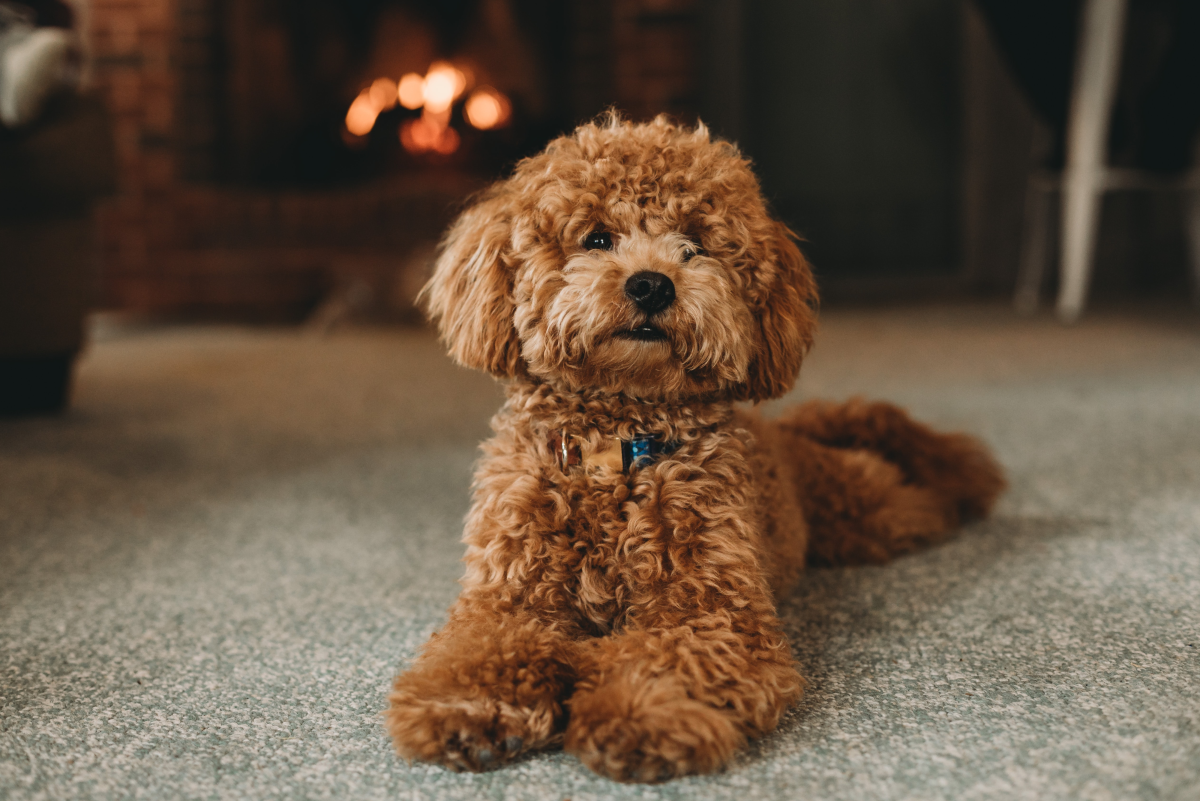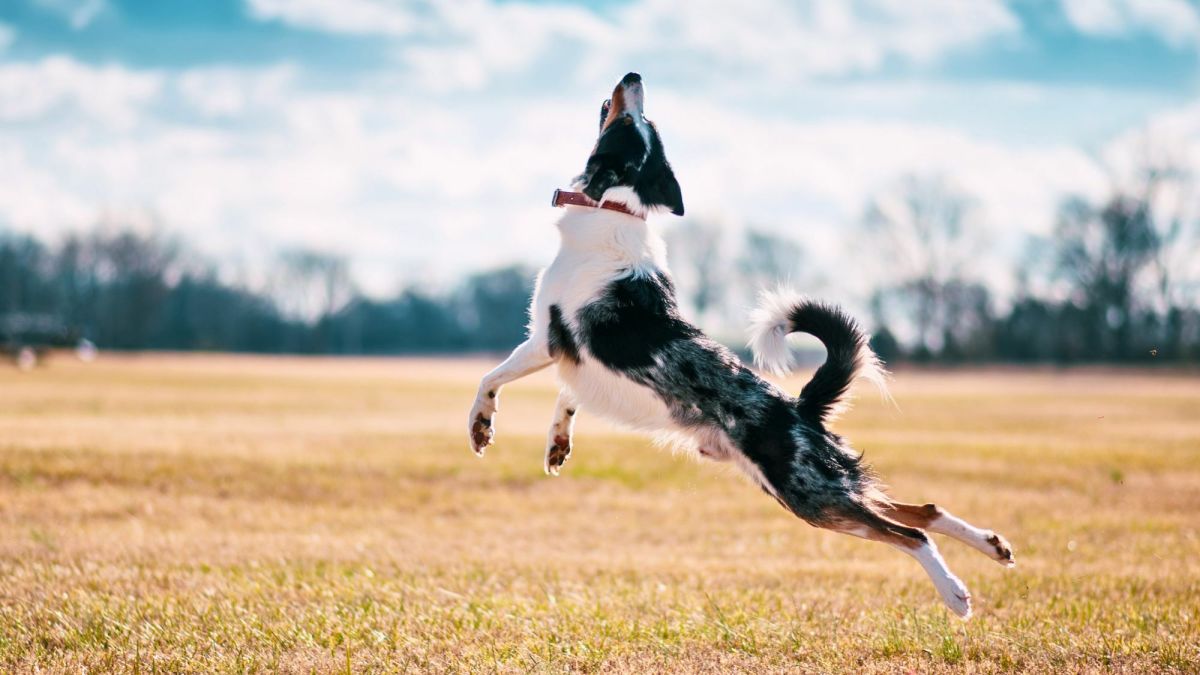Dog Safety 101
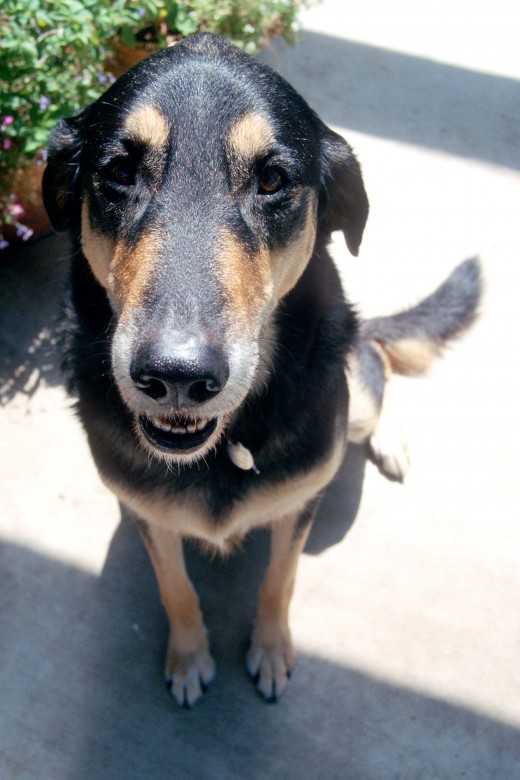
Nothing is quite so irresistible as a cute dog. But not all dogs are friendly. Some are sick and some are old. Children need to learn to use caution with the dogs they encounter. Take the time to teach kids these safety basics.
Strangers' Pets Are Strangers Too
Just because a dog seems friendly with its owner doesn't mean it will welcome advances from an unknown child. Teach kids not to approach anybody else's pets without permission from their own parents as well as the person responsible for the animal. Also keep in mind that people with cute puppies are still strangers and general safety rules apply no matter how cuddly the doggies.
Adults should always model the correct behavior by checking first with the dog's owner before getting close to a dog.
Teach kids to respect animals and follow instructions they are given about individual animals. One cat may love a scratch behind the ear while another will scratch your eyes out for it! My dog loves to jump, but if I haven't trimmed his nails, or if I've cut them too recently, they can be sharp enough to break skin. The friendliest lab can knock over a small child with a playful nudge.
Teach children to stop playing with a dog if it starts to get too excited or seems nervous. It's a good idea to monitor the child and the dog when the relationship is new.
Dog Language
Explain to children first that dogs are not human. Dogs have their own way of understanding, behaving, and communicating.
- Let a dog come to you rather than going to the dog.
- Let a dog smell you before trying to touch it.
- Never sneak up on dog that is eating or sleeping. Animals may bite when they're startled or frightened.
- Don't try to pet a dog that is playing with a toy. Dogs are often protective of toys, and may think a child is trying to take it.
- Don't touch the dog in vulnerable areas such as the head and neck.
- Stay away from dogs in cars. They will often try to protect that space.
- Leave a dog behind a fence alone. Most dogs naturally protect their territory.
- Give the dog plenty of space. If it moves away don't follow it.
Although dogs can't talk with words, they do communicate. We need to pay attention to their signals. Is the dog barking with excitement or agitation? Whining in distress? Growling in anger? Is its head up or down? Tail wagging or down?
Some dogs will growl if someone they don't know is close just because they are territorial, but others are aggressive. They may attack people or other animals for reasons we can't always anticipate.
When Dogs Attack
The old adage about dogs smelling fear may be true. In any case, if you meet a dog growling or barking, running is not recommended. Dogs are likely to chase a runner. Teach children to wait for the dog's owner or back away slowly, avoiding direct eye contact with the dog.
Teach a child that if a very aggressive dog starts to run toward him, he should yell, ‘NO!' while putting his hands in front of him, palms out as a barrier. Help kids learn to use an authoritative voice. Remind them that dogs can't open doors, so if they feel in danger they can get into a room or a car. Let kids know it's okay to kick or hit the dog if they need to.



